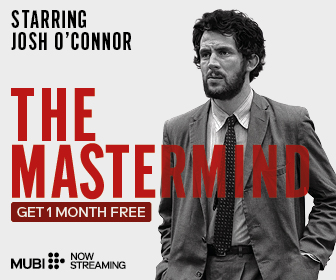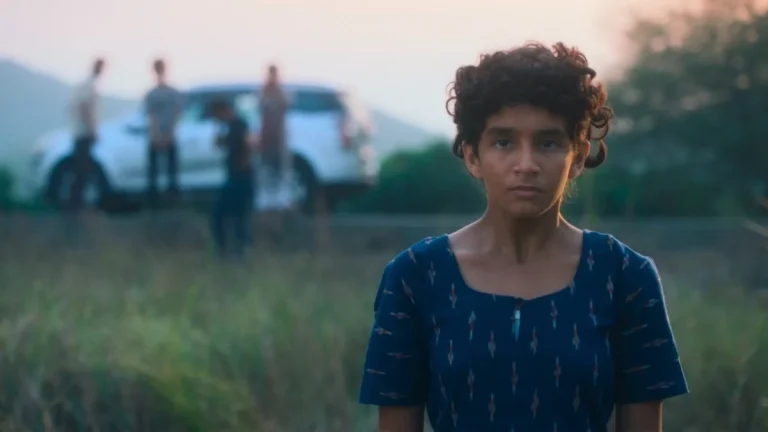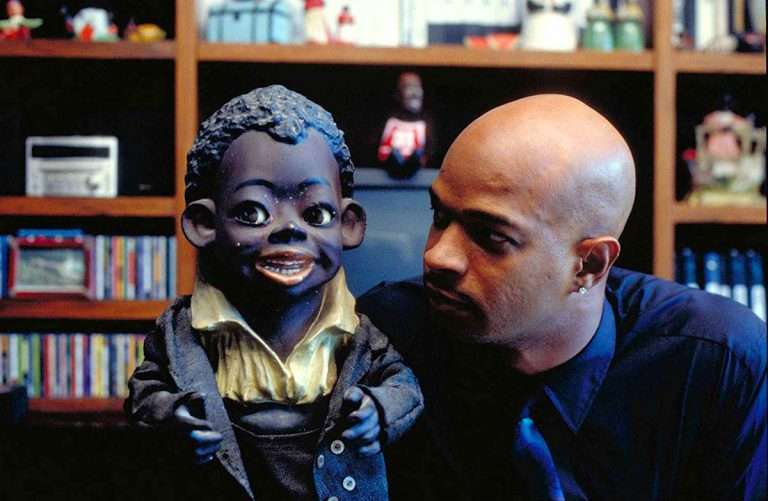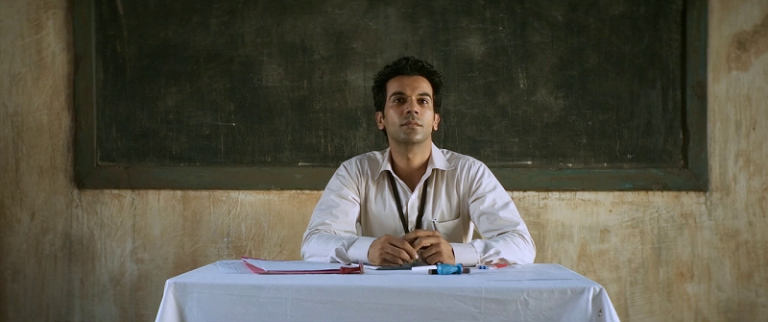There may be no immediate reason to dislike Aamir Khan’s latest film, yet its decidedly simplistic plot does fall short when held up against his earlier works in the same socially driven genre. While “Sitaare Zameen Par” (2025) adheres to Khan’s signature formula of blending cinema with social commentary, it lacks the character focus and emotional depth that defined films like “Taare Zameen Par” (2007) and “Secret Superstar” (2017). When placed alongside these films, “Sitaare Zameen Par” would arguably rank the lowest, not for its subject matter, but for its inability to connect emotionally.
Tasked with the training of a group of neurodivergent adults while serving community service for a drunk driving offense, Aamir Khan plays Gulshan, a troubled basketball coach negotiating with serious emotional volatility. Purposefully estranged from his wife while living with his mother, Gulshan is prone to violent outbursts and giving up on people at the first call of trouble. While we see the violent outburst only once, we do observe how quietly he walks away when confronted.
Based on this two-line premise, the film directed by R.S. Prasanna is engaging but seldom uniquely insightful. Mostly because it chooses to tell the story of the coach rather than the trainees. Imagine “Taare Zameen Par” being about Ram Shankar Nikumbh and not Ishaan Awasthi — that’s how “Sitaare Zameen Par” is structured. And the coach — along with us, the audience — is only informed about the condition of the special trainees that he has to train. We don’t get to witness and experience them firsthand.
If we compare both films, “Taare Zameen Par” explores Ishaan’s world much before we get to know that there is something special about him. Ishaan’s undisciplined way of thought also reflected a genuine organization of creativity. This particular angle was absent in “Sitaare Zameen Par,” which keeps the film and the characters relatively distant from the audience.
“Sitaare Zameen Par” sets Gulshan’s basketball skills and coaching ambitions against the tough task of training a group of individuals who show little regard for the championship they’re supposed to compete in. These are innocent, often childlike personalities in adult bodies, more interested in teasing their coach than taking the game seriously. As Gulshan navigates their quirks and whimsical resistance, the entire session becomes a form of anger management therapy for Gulshan himself.
“Sitaare Zameen Par” has a quiet charm, and even amid its familiar structure, one can still sense an underlying sweetness in the journey of the characters. But therein also lies the film’s central weakness. It occasionally makes the viewer directly aware of that innocence. Instead of telling a story that can do the social messaging in itself, the film tries to function more like an extended moral science lesson – the practical dos and don’ts in life. Don’t call a sex worker a ‘prostitute’. Don’t call someone with a mental condition ‘mad’. Give people a second chance. Embrace differing perspectives in life. Confront and overcome your fears. Name it and you have it.
Sitaare Zameen Par (2025) Movie Review
The delivery of moral lessons was a part of “Taare Zameen Par” as well. For instance, in a particular scene of the film, teacher Ram Shankar Nikumbh almost lectures the principal, quoting Oscar Wilde about the right to education. Then there’s the whole enlightenment session at Ishaan’s house.
But these lessons were preceded by a cause, that is, to change the perspectives of the individuals involved so that they can understand and contribute to a meaningful change in Ishaan’s journey. And that triggers the third act of the film. But in “Sitaare Zameen Par,” the lessons are randomly positioned in the film without a defining purpose and can be found from the very beginning itself. It loses its impact till we reach the third act.
There is also little of note in “Sitaare Zameen Par” in terms of either stylistic innovation or cinematic technique. Meanwhile, a great accomplishment of “Taare Zameen Par” was its creative and visual portrayal of the inner workings of an eight-year-old’s mind – the dancing letters, the spaceship and astronaut, the crawling digits and alphabets, and the anthropomorphized use of planets, squids, and octopuses in space, etc. Moreover, speaking from a nostalgic heart and on a lighter note, even Aamir Khan seems to have left behind his once-famous, pop culture–inspiring hairstyle game.
In this regard, “Sitaare Zameen Par” offers no original content, nor does it aspire for any formal ambition. At a time when the distinction between ‘big’ and ‘small’ films is becoming increasingly pronounced—where large-scale productions are marketed as unmissable theatrical spectacles, and more modest films seem to occupy cinema hall screens merely as a formality before migrating to OTT platforms—”Sitaare Zameen Par” unmistakably falls into the latter category.
Like “Taare Zameen Par,” the intention is undeniably noble here, there’s never a doubt in that, but the feel-good moments and the emotional beats in the film feel heavily borrowed, even for a remake. A bit of “Taare Zameen Par” here, a bit of “Badhaai Ho” there. In other words, it’s a film that we’ve, in many ways, already seen (even if we haven’t watched the original Spanish film that “Sitaare Zameen Par” is actually based on).
Once again, when compared to its spiritual predecessor, the contrast between the two films becomes more evident. “Taare Zameen Par” focused on the emotional and imaginative world of an eight-year-old boy grappling with dyslexia—an affliction largely misunderstood at the time. It worked in revelatory ways, often referred to as an eye-opener for many.
But in 2025, a film about Down syndrome—told through broadly familiar tropes—raises a question. Is it attempting to educate an audience that is, perhaps, already aware? Or maybe, since “Sitaare Zameen Par” is a comedy and features a popular actor in the lead, perhaps the particular condition is set for reaching those corners of India that are still untouched by awareness and change. Okay, fair enough. So, only a reception study will make the case of Sitaare Zameen Par’s success clear.
Now coming to the conflict of the film, “Sitaare Zameen Par” lacks a formidable challenge in its narrative to make the film more impactful. For example, the conflict in “Taare Zameen Par” was both personal and social—well-meaning but unaware parents forcing their wards to the extreme because, well, society and the challenging demands of time.
The role of the strict, authoritarian father, played by Vipin Sharma, worked as a serious factor in the film that came into direct conflict with Ishaan’s way of seeing the world. The same is also true for the role of the abusive father, played by Raj Arjun, who comes in the way of Insia’s dream of becoming a singer in “Secret Superstar.”
But such a conflict is missing in “Sitaare Zameen Par.” If the film were about Gulshan, then Gulshan has an ever-forgiving wife and a helpful mother who supports him always. If the film were about the team, then the team also wins all the basketball matches like an easy breeze, despite the absence of a player. Everything comes across as too easy and convenient.
Yes, one can argue that both these films don’t deserve to be compared in terms of their genre, because one is a serious drama, while the other is a comedy. Yet, even for a comedy, “Sitaare Zameen Par” suffers from conflicts that are too light and too easily solvable—a problem that all recent Bollywood movies, featuring big stars, have suffered from.
Revisiting Aamir Khan’s Taare Zameen Par after reading Carl Honoré’s In Praise of Slowness
“Sitaare Zameen Par” calls for our empathy, but it offers very little in terms of genuine emotional warmth. This is where “Taare Zameen Par” succeeded. We are not introduced to Ishaan’s special ability at the very beginning of the film. In other words, we do not begin with his condition but with his sense of wonderment, fear, and isolation.
The movie presents him to the audience in the form of a simple kid, but with far more of an air of naughtiness. It’s only later that we realize his condition and that acts as the emotional payoff for the third act – that he is not a child who purposefully fails to understand the mature ways of the universe, but a child with unique talents whom we have failed to acknowledge.
In “Sitaare Zameen Par,” the film asks us to feel for the characters about whom it reveals very little. There is only so much we get to know about the group of individuals that Gulshan trains. This is because the film is never truly about the individual characters affected by Down syndrome; instead, it centres on Gulshan—his worldview, and his journey toward coming to terms with something he had previously refused to believe in, or more accurately, failed to understand. But why is his story so very important? Was his story more impactful than that of the other subjects in the film?
In fact, in my view, the trailer for “Sitaare Zameen Par” was far better than the whole movie. If only the trailer had been a few minutes longer, it might have ended up being a better movie. What I mean to say is, you don’t need a basketball tournament to convey to the audience that sabka apna apna normal hota hai (everyone has their own normal). Nor do you have to be a basketball coach to understand that message. Whereas, in “Taare Zameen Par,” the relevance of art and painting as a means of expressing one’s own thoughts, feelings, and emotions was absolutely relevant.
Perhaps the only reason Aamir Khan’s character was made a basketball coach in “Sitaare Zameen Par” was to tie in a backstory about his short height — and how his mother once fought with a coach to get him admitted into basketball training when he was a child. But the fact that, in “Sitaare Zameen Par,” Gulshan’s team loses the final match and yet the participants celebrate the other team’s victory as their collective win, is a better remark on the core theme of the movie. Meanwhile, in “Taare Zameen Par,” it was Ishaan who was the winner of the art competition.
The biggest demerit of “Sitaare Zameen Par” is the non-complexity of the conflicts. As mentioned above, Gulshan’s life misses out on a serious conflict that feels unachievable. All the characters around him are very supportive of his choices and help him grow, even his wife, played by Genelia Deshmukh. In fact, he is not surrounded by characters, but by life lessons. Practical wisdom flows in from all directions—his friends, family, mother, wife—each offering crucial pieces of moral guidance when he needs it and even when he doesn’t.
And with such a supportive ecosystem of insight and encouragement, how can one not change? So, it doesn’t take much time for change to come over his character arc. And as it is mentioned above, the easier or more diluted the conflict in a film becomes, the weaker its impact on the audience.
Well, perhaps the only thing Gulshan couldn’t overcome is the taunts regarding his height. The repeated jibes of Tingu (Shorty) are so overplayed in the film that, at times, it begins to feel as though the role might have been more fitting for actor Rajpal Yadav. In “Sitaare Zameen Par,” Aamir Khan tries to avoid mimicking the character types he’s portrayed in his previous films, yet there’s still a subtle reminder of them in his performance, especially the way his eyes and eyebrows work.
Overall, “Sitaare Zameen Par” is a light-hearted, feel-good film you’d put on when you’re in the mood for something casual — a simple watch that doesn’t demand much energy or intellect. It neither has the emotional depth nor the intention to achieve that depth if compared to films like “Taare Zameen Par.” While it would certainly take a stronger and perhaps a more ambitious film to redefine Aamir Khan’s stardom, the stars of “Taare Zameen Par” shine far brighter than those of “Sitaare Zameen Par.”







